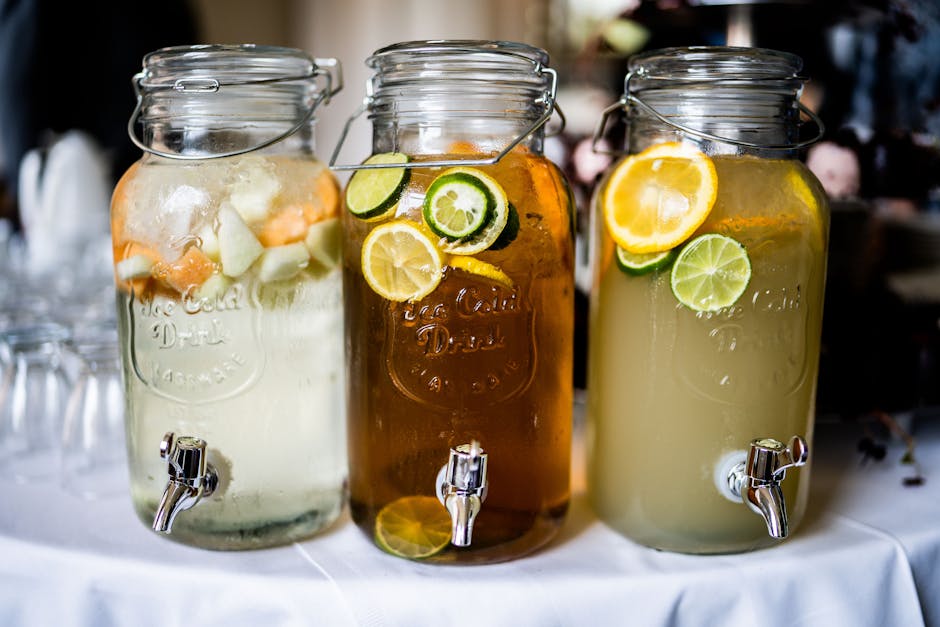
With the growth of the marijuana industry and the subsequent regulations that have been come, the importance of individual efforts to recycle plastic has increased dramatically. A single gram that can fit in a small container is put into the classic 1/8th containers, and the customers are left with a sour feeling that they are contributing all too much to the plastic waste problem we are facing today!
Regulations have made it so the marijuana packaging is harder to recycle than other containers, and it has put strains on companies to ensure that all laws are followed for their packaging. Luckily, there are ways to go about recycling and reusing your plastic containers that doesn’t harm the environment. To assist our customers and everyone else willing to make an effort we have compiled a list of ways to get rid of your plastic, as well as some neat repurposing alternatives!

- Identify and Clean
Start by identifying which type of plastic your container is made of. There are currently 7 categories of plastic, and though the most common for weed containers is #5 there are other types being used. Here’s a list to make your job easier:
- 7 Types of recyclable plastic:
- #1 = Polyethylene Terephthalate, better known as polyester, which has gained widespread use in garments
- #2 = High-Density Polyethylene (HDPE), is the most widely used plastic in the world. This versatile polymer has the simplest chemical structure and is often made into grocery bags, water and juice containers, shampoo bottles, cereal box liners, and many other items
- #3 = Polyvinyl Chloride, the second most used. Predominantly found in toys, cling wrap, food jars, cleaning bottles, and shower curtains
- #4 = Low-Density Polyethylene (LDPE), which is used to coat the inside of milk cartons, make dry cleaning bags, and the thin, flexible water bottles
- #5 = Polypropylene, which is typically used for ketchup bottles, yoghurt, cottage cheese, Brita filters, and the pop tops for bud
- #6 = Polystyrene, most recognizable under the tradename Styrofoam
- #7 = all other plastics, of which there are thousands
Once you have identified which type of plastic your container is, the next step is to clean it. We recommend a bath in warm soapy water to loosen up the glue on the labels, as well as for cleaning out any residue. A 5-10 minute soak should be more than enough, and your plastics are now ready for recycling after a quick rinse. This procedure can be used for your old glass containers (such as concentrate jars and Boston Round dropper bottles), syringes, and glass tubes as well.
- Research
While states like Colorado have entrepreneurs that are tackling the problem of containers that can’t be recycled effectively through state-run programs (such as Green for Green), many states don’t have such companies to help. We recommend calling your local waste station to figure out what to do with each of your containers, whether that be washing and disposing of them in your own recycling bin or doing a monthly run with your friends to the waste station.
If you cannot dispose of your products in this way, or you feel like they should be doing good for others, you may have local alternatives for this. Companies like M25M, which repurposes old containers to use as pill bottles in developing nations, can be a great alternative to throwing them away. You can also reach out to your local animal shelter, homeless shelter, or pharmacy, and see if they have a program set up to reuse old containers for prescriptions. This way you can get rid of your old containers and help improve a person or canine’s situation at the same time.
Last, but not least, the rise of cartridges and disposable pens has created a new problem. As these are not as easily recycled by your local waste station, you should call your local Hazardous Materials Management Facility (HMMF). Ask them if they accept the type of battery that you’ve used, and about the best way to go about recycling it. Sometimes you’ll be able to do so through a regular battery disposal bin, but most times you’ll have to plan a trip to the facility. Try to make this a collective effort, and get as many people involved as you can, so you can save on gas and the number of trips.
While some dispensaries will take the vape pens back, and even reward you for doing so, the story with cartridges is a different one. As the fear of resale by states fueled the legislation, there is still no way to dispose of these properly. However, starting with the batteries is at least a step in the right direction and we are eternally grateful to those that choose to make this effort and actually dispose of their waste properly (especially something as potentially harmful to the environment as batteries).

- Repurposing
For the more creative, or less willing to travel, there are many ways to reuse your containers. This spans a wide spectrum, as both glass and plastic containers are frequently used to store our favorite products.
Plastic:
Succulent starter-pots
Paperclip storage
Pen/pencil holder
Jewelry storage
Odor-resistant storage of one-hitters and bowls
Screw/nail storage
Key organizer
Store your home-rolled joints/blunts
Glass:
Jewelry storage
Storage for herbs/dry tea
Paint/glitter storage for art projects
Candle holder
Chapstick/moisturizer travel-size containers
In the end we are all better off if everybody takes an interest in this, and thinks about how their consumption affects others. Whether you choose to recycle or repurpose, we salute you for your efforts!
